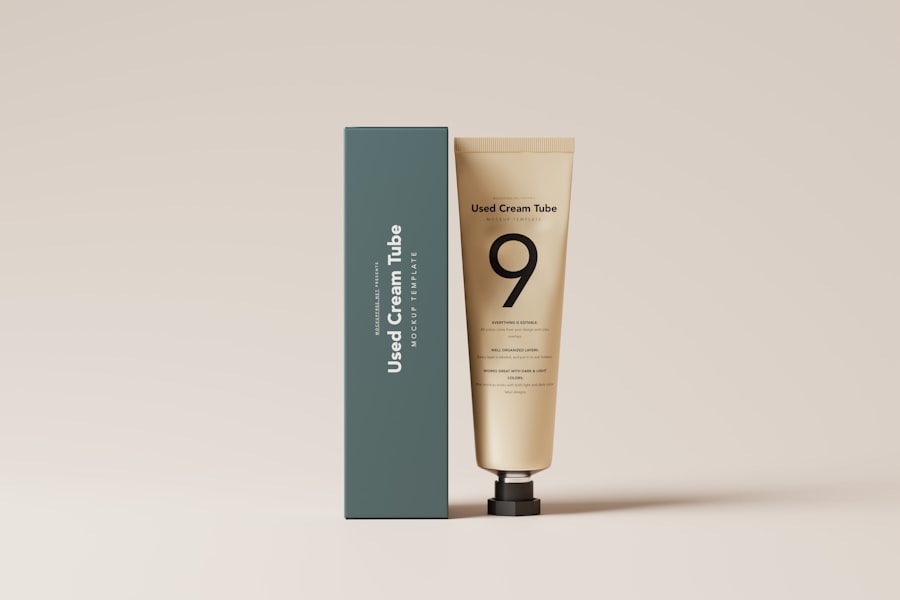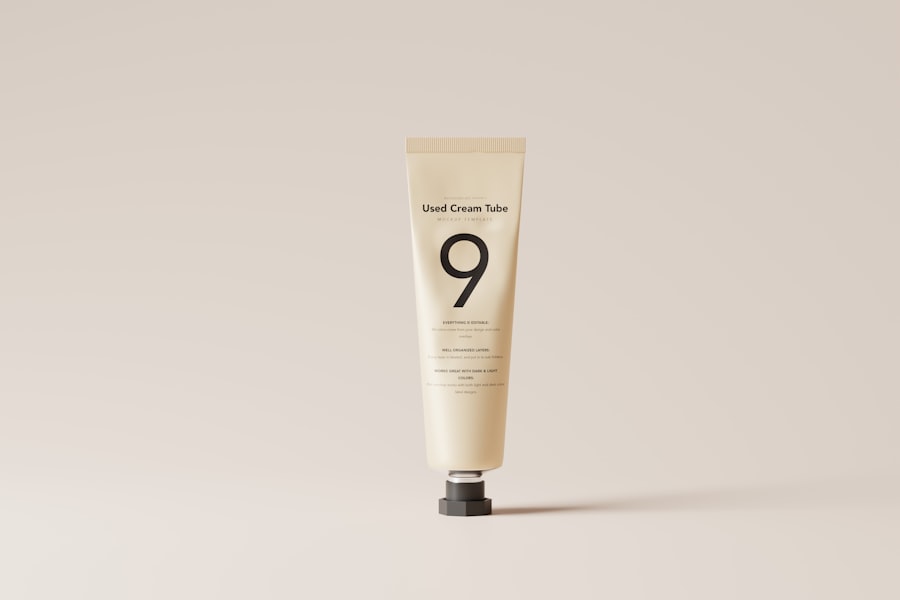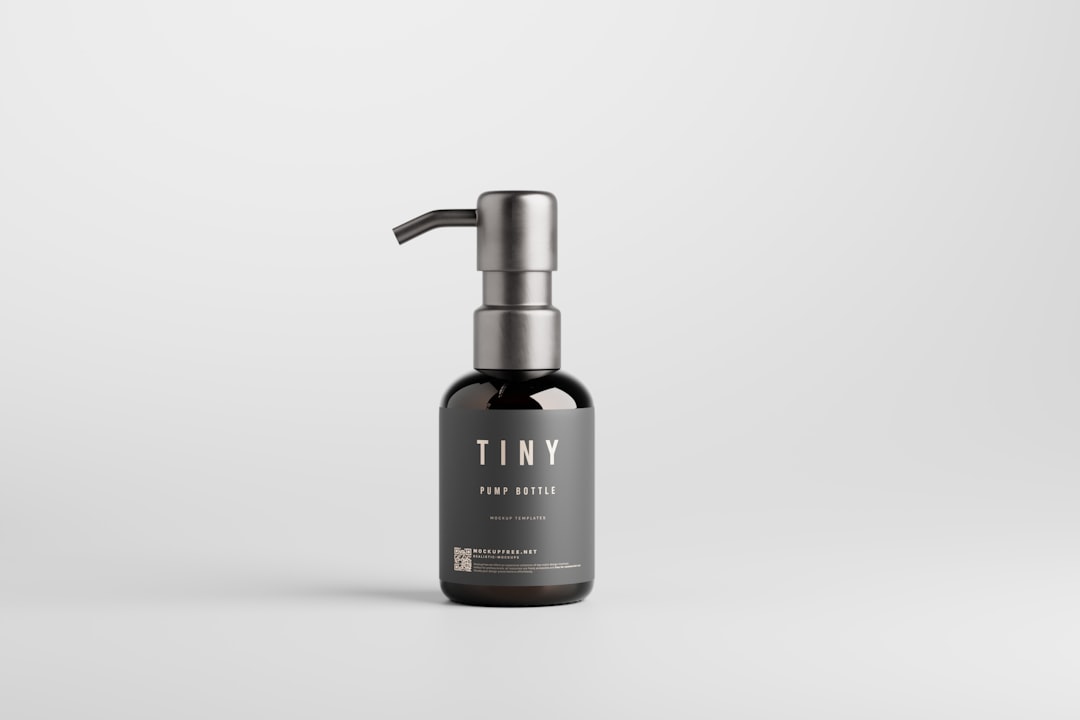Aftercare is a crucial aspect of any cosmetic procedure or treatment, and understanding its significance can greatly enhance your results. When you invest time and resources into enhancing your appearance, the aftercare phase is where you can truly maximize the benefits of your efforts. Proper aftercare not only helps in healing but also ensures that the results you achieve are long-lasting.
By following a well-structured aftercare routine, you can minimize complications, reduce the risk of infection, and promote optimal recovery. Moreover, aftercare is not just about physical healing; it also plays a psychological role in your overall satisfaction with the procedure. When you take the time to care for yourself post-treatment, you reinforce the positive changes you’ve made.
This can lead to increased confidence and a more profound appreciation for your new look. Neglecting aftercare, on the other hand, can lead to dissatisfaction and even regret, as poor healing can diminish the results you worked hard to achieve. Therefore, prioritizing aftercare is essential for both your physical well-being and emotional satisfaction.
Key Takeaways
- Aftercare is crucial for the healing and long-term success of any skincare treatment.
- A proper skincare routine is essential for maintaining the results of any skincare treatment.
- Avoiding sun exposure is important to prevent damage and maintain the effectiveness of skincare treatments.
- Managing discomfort during and after skincare treatments is important for a smooth recovery process.
- Regular maintenance appointments are necessary to ensure the continued success of skincare treatments.
Proper Skincare Routine
Establishing a proper skincare routine after a cosmetic procedure is vital for ensuring that your skin heals effectively and looks its best. The first step in this routine typically involves gentle cleansing. You should opt for a mild, non-irritating cleanser that won’t strip your skin of its natural oils.
Cleansing your skin twice a day helps remove impurities and promotes a clean environment for healing. Remember to use lukewarm water instead of hot water, as extreme temperatures can aggravate sensitive skin. In addition to cleansing, moisturizing is another key component of your skincare routine.
A good moisturizer will help maintain hydration levels in your skin, which is essential for recovery. Look for products that contain soothing ingredients like hyaluronic acid or aloe vera, as these can help calm inflammation and promote healing. You may also want to incorporate serums or treatments that target specific concerns, such as redness or uneven texture, but be cautious and consult with your skincare professional before introducing new products.
Avoiding Sun Exposure

One of the most critical aspects of aftercare is protecting your skin from sun exposure. After undergoing a cosmetic procedure, your skin becomes more vulnerable to damage from UV rays. Even minimal sun exposure can lead to complications such as hyperpigmentation or prolonged healing times.
Therefore, it’s essential to take proactive measures to shield your skin from the sun’s harmful effects. Wearing broad-spectrum sunscreen with an SPF of at least 30 is non-negotiable during this period. You should apply sunscreen generously every two hours when outdoors, even on cloudy days.
If possible, try to stay in the shade during peak sun hours, typically between 10 a.m. and 4 p.m., to minimize exposure.
Managing Discomfort
| Technique | Effectiveness | Notes |
|---|---|---|
| Deep Breathing | High | Helps to relax and reduce tension |
| Progressive Muscle Relaxation | Medium | Can help to release physical tension |
| Mindfulness Meditation | High | Can increase tolerance to discomfort |
| Distraction Techniques | Low | May provide temporary relief |
Experiencing discomfort after a cosmetic procedure is common, but managing it effectively can significantly improve your recovery experience. Depending on the type of treatment you’ve undergone, you may encounter swelling, redness, or tenderness in the treated areas. It’s essential to follow any pain management recommendations provided by your healthcare professional.
Over-the-counter pain relievers like ibuprofen or acetaminophen can often help alleviate mild discomfort. In addition to medication, there are several home remedies you can employ to ease discomfort. Applying cold compresses to the affected areas can reduce swelling and provide soothing relief.
Just be sure not to apply ice directly to the skin; instead, wrap it in a clean cloth or use a gel pack designed for this purpose. Elevating your head while resting can also help minimize swelling and promote better circulation, aiding in your overall recovery.
Regular Maintenance
Once you’ve completed the initial aftercare phase, regular maintenance becomes essential for sustaining the results of your cosmetic procedure. This may involve scheduling follow-up appointments with your healthcare provider to assess your progress and make any necessary adjustments to your treatment plan. Regular check-ins allow you to address any concerns promptly and ensure that you’re on track for optimal results.
In addition to professional maintenance, incorporating at-home practices into your routine is equally important. This may include ongoing skincare regimens tailored to your specific needs or lifestyle changes that promote overall skin health. Staying hydrated by drinking plenty of water and maintaining a balanced diet rich in vitamins and antioxidants can significantly impact how your skin looks and feels over time.
Monitoring Progress

Monitoring your progress after a cosmetic procedure is vital for understanding how well you’re healing and whether you’re achieving the desired results. Keeping a journal or taking photos at regular intervals can help you track changes in your appearance over time. This visual documentation allows you to see improvements that may not be immediately noticeable day-to-day.
Additionally, being aware of any unusual changes or symptoms is crucial for ensuring that you’re healing properly. If you notice excessive swelling, persistent pain, or signs of infection such as redness or discharge, it’s essential to contact your healthcare provider immediately. Early intervention can prevent complications and ensure that your recovery remains on track.
Choosing the Right Products
Selecting the right skincare products post-procedure is fundamental for supporting your healing process and maintaining results. Not all products are created equal; some may contain harsh ingredients that could irritate sensitive skin or interfere with healing. It’s advisable to consult with your skincare professional about which products are best suited for your specific needs during this time.
When choosing products, look for those labeled as hypoallergenic or non-comedogenic to minimize the risk of irritation or breakouts. Ingredients like ceramides, peptides, and antioxidants can be beneficial for promoting skin health and resilience. Additionally, avoid products with fragrances or alcohol, as these can exacerbate sensitivity and hinder recovery.
Consulting with Professionals
Finally, one of the most important aspects of aftercare is maintaining open communication with professionals who understand your unique needs. Whether it’s a dermatologist, plastic surgeon, or licensed aesthetician, having access to expert advice can make all the difference in your recovery journey. They can provide personalized recommendations based on your specific procedure and skin type.
Regular consultations allow you to address any concerns or questions that arise during your recovery process. These professionals can also guide you on when it’s appropriate to resume certain activities or introduce new products into your routine.
In conclusion, aftercare is an integral part of any cosmetic procedure that should not be overlooked. By understanding its importance and implementing proper skincare routines, avoiding sun exposure, managing discomfort effectively, engaging in regular maintenance, monitoring progress diligently, choosing the right products wisely, and consulting with professionals regularly, you set yourself up for success in achieving beautiful and lasting results. Your commitment to aftercare will not only enhance the outcome of your treatment but also contribute positively to your overall well-being and confidence in your appearance.
Understanding the importance of laser hair removal aftercare is crucial for achieving optimal results and maintaining the health of your skin. One helpful resource to learn more about this topic is the blog section of the In Laser Hair Removal website. In one of their articles, they discuss the key steps to take after a laser hair removal treatment to ensure proper healing and minimize any potential side effects. To read more about this topic, visit their blog here.
FAQs
What is laser hair removal aftercare?
Laser hair removal aftercare refers to the steps and precautions that should be taken after undergoing a laser hair removal treatment. This includes protecting the skin from sun exposure, avoiding certain skincare products, and following specific instructions provided by the treatment provider.
Why is laser hair removal aftercare important?
Laser hair removal aftercare is important to ensure the best results from the treatment and to minimize the risk of potential side effects. Proper aftercare can help to reduce the chances of skin irritation, hyperpigmentation, and other complications.
What are some common aftercare practices for laser hair removal?
Common aftercare practices for laser hair removal include avoiding sun exposure, using sunscreen, avoiding hot showers and saunas, avoiding certain skincare products such as exfoliants and retinoids, and keeping the treated area clean and moisturized.
How long does laser hair removal aftercare last?
Laser hair removal aftercare typically lasts for a few weeks to a month, depending on the individual’s skin sensitivity and the specific instructions provided by the treatment provider. It is important to follow the aftercare guidelines until the skin has fully recovered from the treatment.
What are the potential risks of not following laser hair removal aftercare?
Not following laser hair removal aftercare guidelines can increase the risk of skin irritation, hyperpigmentation, and other potential side effects. Sun exposure, use of certain skincare products, and failure to keep the treated area clean and moisturized can all contribute to these risks.




